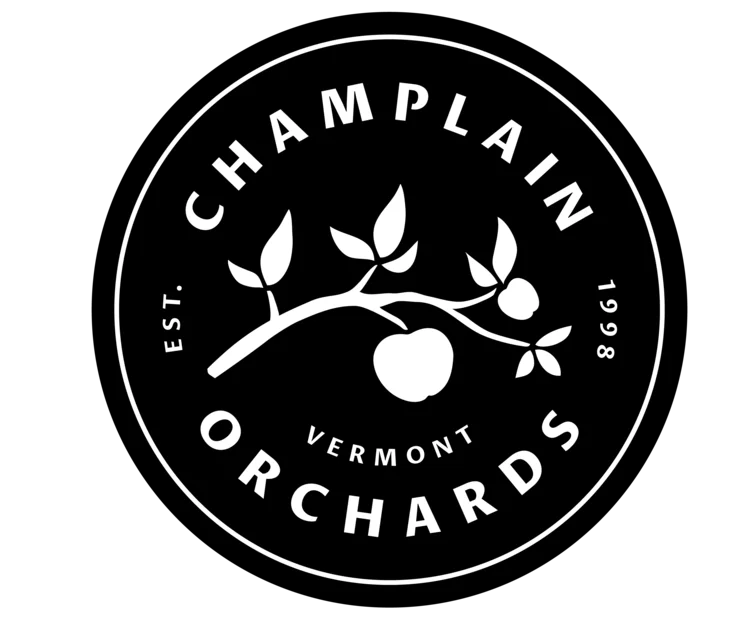
What is dry cider exactly? It’s simply apple cider fermented until every bit of sugar is gone, yielding a distinctly dry drink rich in complexity.
It might be time to try something different if you’ve been mainly drinking sweet or fizzy ciders. Dry cider offers a whole new world of flavors, and once you dive in, you’ll see why it's growing in popularity.
Are you curious to know more? Keep reading to find out what makes dry cider stand out and why it’s worth a try!
What Is Dry Cider?
Dry cider is a type of cider that contains little to no residual sugar, which gives it that crisp, less sweet flavor.
Cider is generally made by fermenting the natural sugars found in apples. Once the apple juice is pressed, yeast is added to start fermentation. The yeast consumes the sugar in the juice, releasing carbon dioxide and alcohol.
How much sugar is left after fermentation determines how dry or sweet the cider will be. If there’s no sugar left, it’s considered “dry.” Some cider makers even use “bone dry” to indicate a cider with no sweetness.
Understanding Dryness Levels in Cider
The cider world often talks about different levels of dryness. While dry cider means no leftover sugar, the sweetness can vary depending on how much sugar remains after fermentation.
Some cideries are working toward a standardized dryness scale to help consumers choose what they’ll enjoy.
In the industry, there’s often a discussion about “perceived dryness” versus actual dryness. But most cider producers agree: if there’s no measurable sugar left in the final product, it’s dry.
Why Dry Cider Deserves a Spot in Your Glass
If you're used to drinking cider in the U.S., chances are you've mostly had sweet, fizzy varieties. The American cider market is still relatively small, only about 1% of the size of the beer market, and is often seen as a fruity, sweeter alternative to beer.
Both drinks are golden and carbonated, so it's easy to see why people compare them. Plus, cider's alcohol content is usually around 5%, similar to that of most beers.
But like beer, which has many styles, cider is much more diverse than you might find in your average grocery store. Many of the world’s best ciders aren't sparkling or sweet—they’re still and dry, with flavor profiles more similar to wine than beer. Cider is closer to wine because both are made from fermented fruit juices.
The Shift Toward Drier Ciders
As people get to know cider better, they explore the full spectrum—from sweet to dry—and everyone finds their favorite style. And, like craft beer in the '90s, the cider industry is also evolving. More and more dry ciders are hitting the shelves thanks to smaller cider makers embracing traditional, drier methods and more prominent cider brands expanding their portfolios.
Some die-hard cider fans might cringe at constantly comparing cider to beer, but there’s no denying that cider’s range is growing. Dry cider, in particular, is carving out its place in the market with its unique, less-sweet appeal.
Other Cider Options to Consider
If you’re not ready to dive straight into dry cider, there are some other great options:
- Off-Dry Cider: A perfect middle ground, offering a touch of sweetness without being too sugary. It’s well-balanced and smooth.
- Semi-Dry and Semi-Sweet Cider: Popular among casual cider drinkers, these styles have just enough sweetness to keep things light and easy to enjoy.
Curious About What Is Dry Cider? Try It for Yourself!
At Champlain Orchards, we’re not just making cider—we’re crafting sustainable, high-quality cider right from Vermont’s orchards. Each bottle captures the true essence of what dry cider should be. Explore our shop and buy some today!















